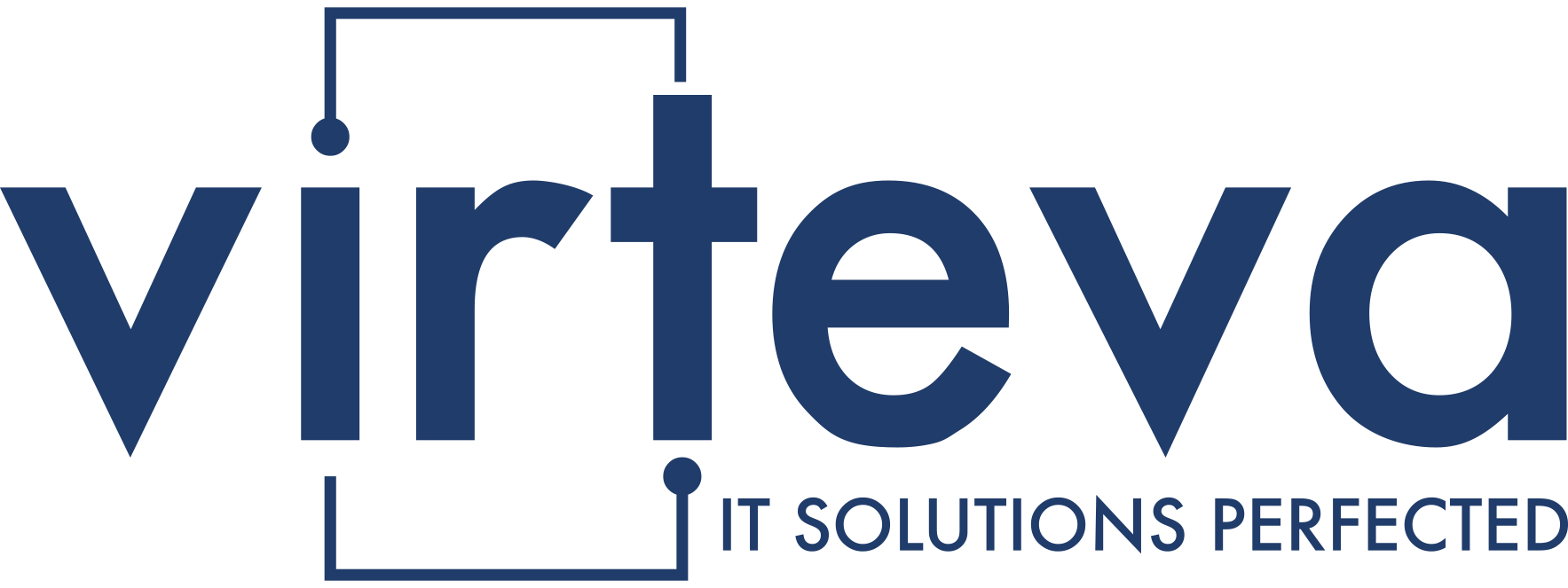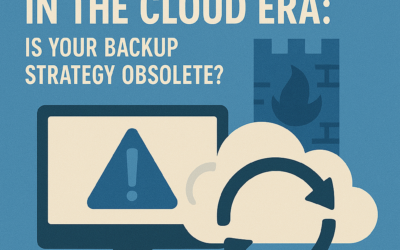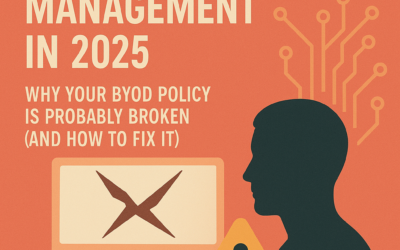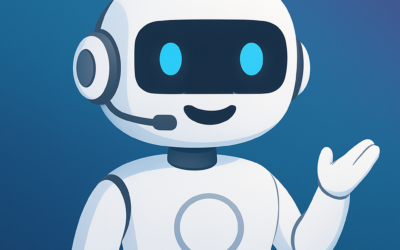As we dive into 2024, the IT landscape is rife with innovation, where change is the only constant. At Virteva, where we thrive on providing always-available, secure, and technology-dependent employee support, adapting to these changes is about staying relevant and leading the charge in a digitally evolving era.
So, let’s look at the top trends emerging for 2024.
AI Trust, Risk, and Security Management (AI TRiSM)
Integrating Artificial Intelligence (AI) into business processes has been transformative but has risks. This process is where AI Trust, Risk, and Security Management (AI TRiSM) comes into play, serving as a framework to mitigate the vulnerabilities associated with AI adoption. The core of AI TRiSM lies in its four pillars: explainability, operations, security, and privacy. Explainability ensures that AI decisions are transparent and understandable, operations focus on the seamless functioning of AI systems, security addresses the protection against malicious threats, and privacy guarantees the ethical handling of data.
In real-world scenarios, AI TRiSM has proven its worth. For instance, financial institutions use AI TRiSM to demystify AI loan approval processes for regulators and customers, addressing explainability and privacy concerns. Moreover, in healthcare, AI TRiSM frameworks protect patient data while ensuring AI diagnostic tools operate reliably and securely, showcasing the practical benefits of this approach.
The Role of Continuous Threat Exposure Management (CTEM)
As digital threats evolve, so must our strategies to combat them. Continuous Threat Exposure Management (CTEM) represents a shift toward a proactive cybersecurity stance, systematically identifying and mitigating potential threats before they can be exploited.
Gartner has highlighted the significance of CTEM, predicting that organizations employing these strategies could reduce the likelihood of a data breach by up to 50%. CTEM addresses pain points such as vulnerability management and regulatory compliance, enabling organizations to anticipate and neutralize threats more effectively.
An example of CTEM in action is within e-commerce, where real-time monitoring and automated patching systems can drastically minimize the window of opportunity for cyber-attacks, ensuring customer data remains secure and trust is maintained.
Integration of Sustainable Technology
With rising awareness and regulations around environmental impact, sustainable technology has become a pivotal concern for IT leaders. Adopting greener tech solutions addresses ethical and regulatory imperatives and translates into significant cost savings. From energy-efficient data centers to eco-friendly hardware, the investment in sustainable technology is a strategic move that aligns with modern enterprises’ corporate social responsibility goals and can enhance brand image and consumer trust.
Adopting Platform Engineering and Industry Cloud Platforms
Platform engineering has emerged as a vital component in customizing IT services to meet specific business needs.
It enables companies to build robust, scalable, and flexible software platforms that adapt quickly to changing market demands. Concurrently, the rise of industry cloud platforms has made it easier for businesses to leverage the benefits of cloud computing tailored to their sector’s unique requirements. These platforms provide a mix of infrastructure, data analytics, and AI capabilities, enhancing scalability and operational efficiency. For instance, an industry cloud platform in the financial sector could offer compliance tools specific to finance, making it easier for firms to adhere to regulatory requirements while leveraging the cloud’s scalability.
The Advancement of Intelligent Applications
Intelligent applications are at the forefront of automating complex business processes, utilizing AI and machine learning to learn from data and make informed decisions.
These applications revolutionize customer service with chatbots that understand and process natural language and enhance decision-making by providing predictive analytics.
The result is a more dynamic, responsive, and efficient approach to backend and customer-facing operations. Retail giants, for instance, are already leveraging intelligent applications to personalize shopping experiences and optimize their supply chains, leading to increased customer satisfaction and operational excellence.
Conclusion
Implementing emerging IT trends such as AI TRiSM, CTEM, sustainable technology, platform engineering, and intelligent applications can bolster a company’s resilience, efficiency, and competitive advantage. By embracing these developments, senior IT decision-makers can ensure that their organizations are equipped to deal with present challenges and poised to capitalize on future opportunities.
In a landscape where customer expectations and technological capabilities are rapidly evolving, proactively adapting to these trends is strategic and a business imperative to remain relevant and successful.




